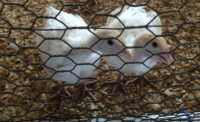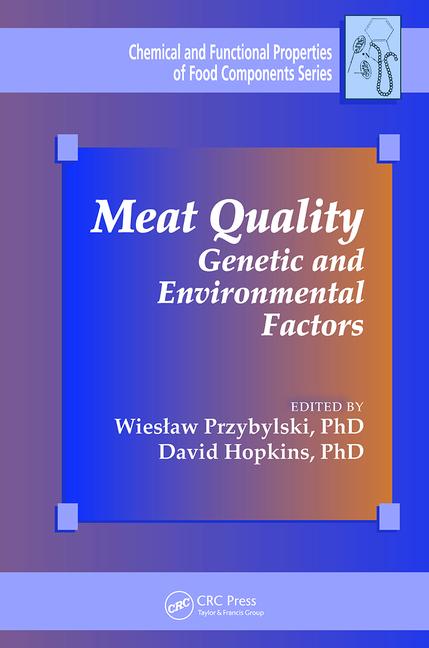A keen eye

The term “process control” has a lot of different meanings depending on an individual’s background and experience. The definition from Wikipedia, for example, is “a statistics and engineering discipline that deals with architectures, mechanisms and algorithms for controlling the output of a specific process.” How much process control do we truly use in a modern food-processing plant?
One application for process control is in the control of pathogens at key points in the plant. For this application, advanced statistical control methods are used to determine if pathogen levels measured in the process are out of specification. Based on an analysis of the system, specific steps can be identified to correct the situation. Because of the regulatory environment and the negative economic impact of a food-safety incident to a company, this is an application that makes a lot of sense for plants.
There are several companies that have built a business model around instrumenting the processing plant in order to control the individual processes. The thought was, if you control the individual process better, then the entire system would run better. However, experience has shown that is not an easy business model to implement. The plants have had difficulty in justifying the cost of the technology based on the results of the system.
Why have these process control systems had such difficulty achieving the desired returns? At the Georgia Tech Research Institute (GTRI), we have been looking into this issue for many years.
Consider an imaging cell setup on the kill line after the scalders as one example that GTRI developed. This system was able to detect many different defects, but one that was particularly interesting was broken wings. At first sight, the data simply showed that the defect rate varied over time in a somewhat random pattern. However, when the width of the breast (which was collected by the imaging system) was overlaid on the data, there were some interesting trends in the data that indicated that the birds were wider than expected and this might be the source of the broken wings.
While this seems obvious in hindsight, it is important to remember that plants still sort by weight and not by size. The assumption still exists that weight is proxy for size.
Another interesting idea that we are exploring is the use of a real-time yield-measurement system for carcasses at the end of a cone-line to optimize the cutting trajectory for a deboning robot. The idea for this comes from the fact the size of the birds is increasing and processors use different breeds of birds. As part of our intelligent deboning system, we have developed models to accurately predict the location of the bones and tendons based on the location of three key points on the bird.
While this model works very well for the data provided, how does the model adapt to changes in the breed of birds used or just smaller/larger birds for a given breed? We envision a technique that uses the real-time yield-measurement system to identify where the yield loss is occurring and then adjust the model of the bird so that the robot trajectory is adapted to improve the yield.
Process control does not have to be limited to the manufacturing plant. What about the placement of birds in a grow-out house with the goal of minimizing the variation in bird weights at the plant? The growth of birds is affected by many parameters. If the goal is to get a bird with a small variance in weight to the plant, then the variables that affect the weight of a bird are the variables in the process (weather conditions and history of the grow-out house/grower).
Think of the extreme case: If your customer wants a 5.6-lb. live-weight bird, and the summer forecast is for very high heat and humidity (meaning that growth will be little slower than normal), then you would want to allow a house that has a history of slower growth additional time to grow to the target weight while placing birds in another house you know that you could collect those birds a little earlier. As the weather varies during the grow-out period, the system could continuously update the estimated date to collect the birds based on the orders from various customers.
Process controls are a key tool to the modern manufacturing engineer, but because of the complexity of the modern food-processing plant, they are very difficult to accomplish. In the examples discussed above, it was important to have an appropriate system model in order to adequately interpret the data and make meaningful decisions.
It is not sufficient to optimize any single step in the process, but sometimes you must look at the bigger picture in order to achieve the economic value that companies seek.
Gary McMurray oversees research in sensing, robotics, energy and environmental areas at Georgia Tech Research Institute. He has 20 years experience. Follow Gary on Twitter at
www.twitter.com/gvmcmurray.
Looking for a reprint of this article?
From high-res PDFs to custom plaques, order your copy today!







